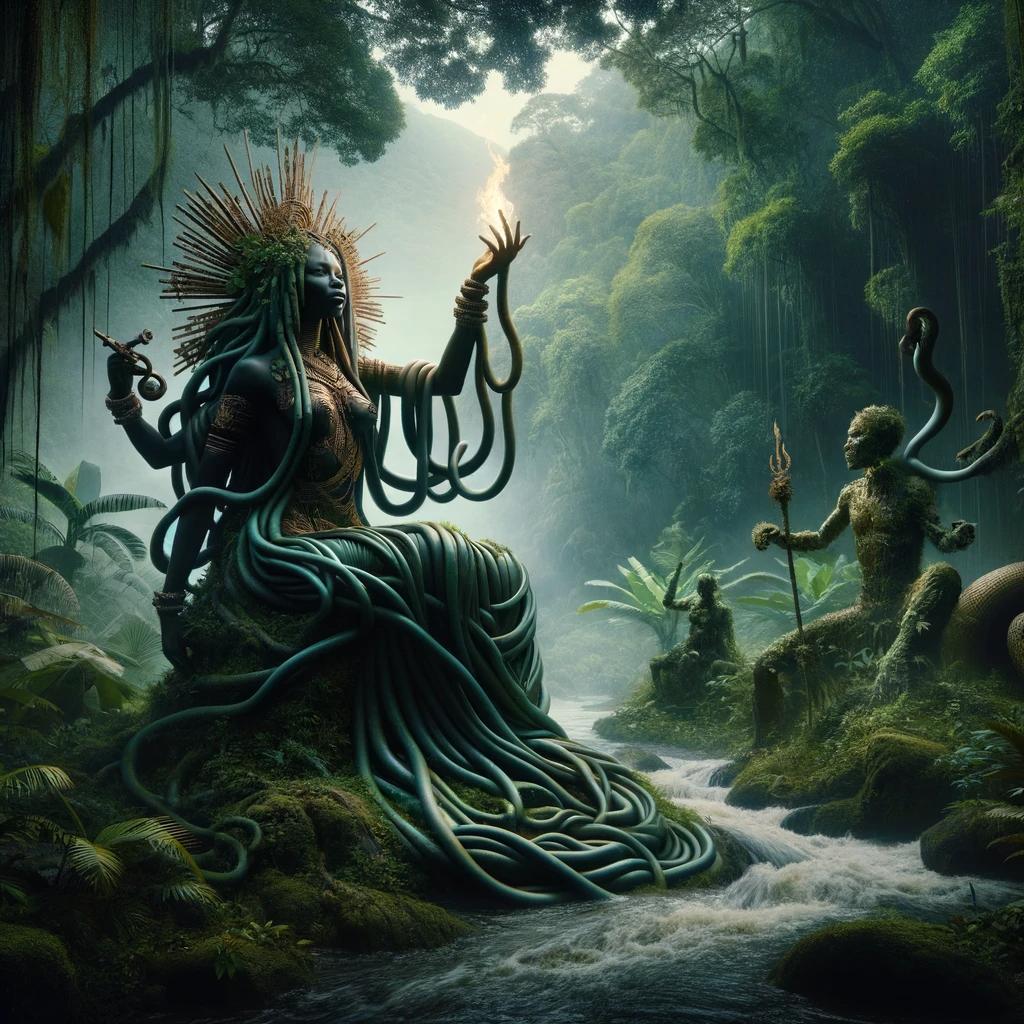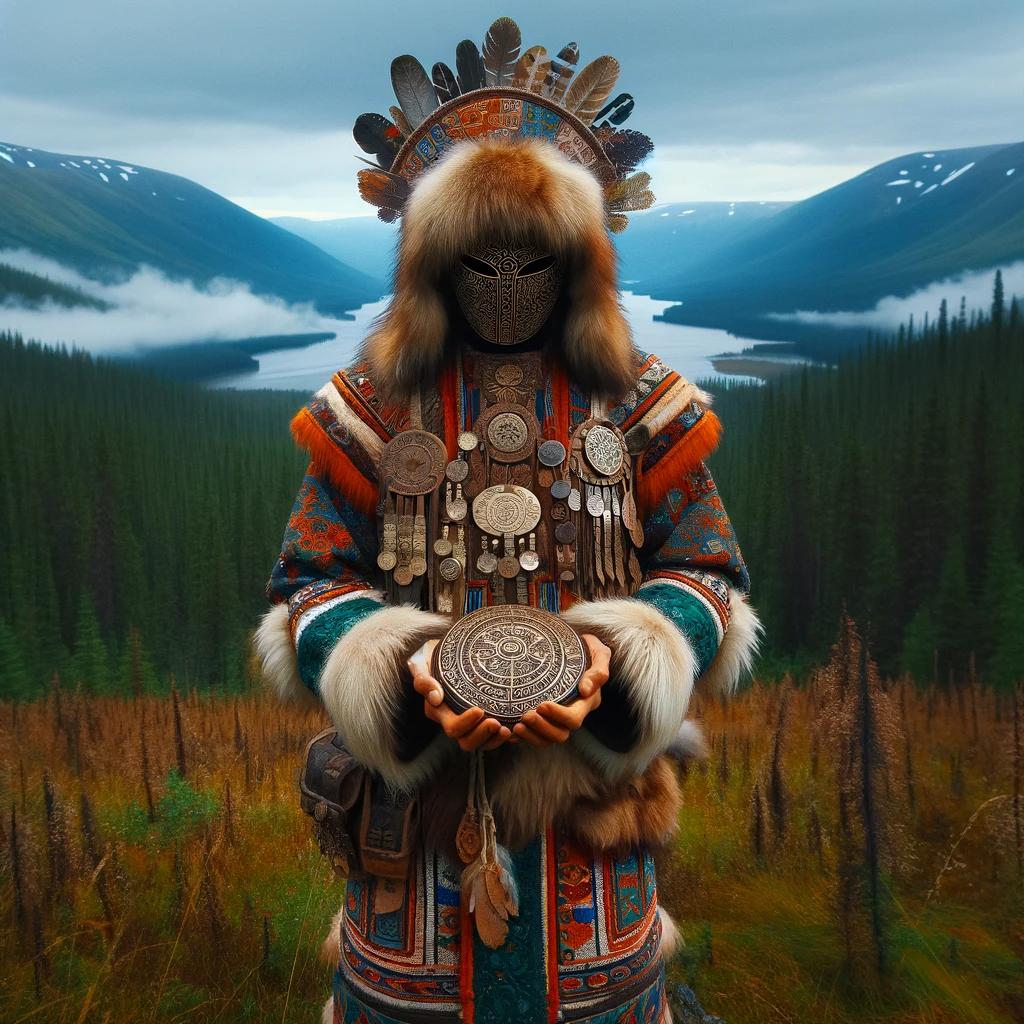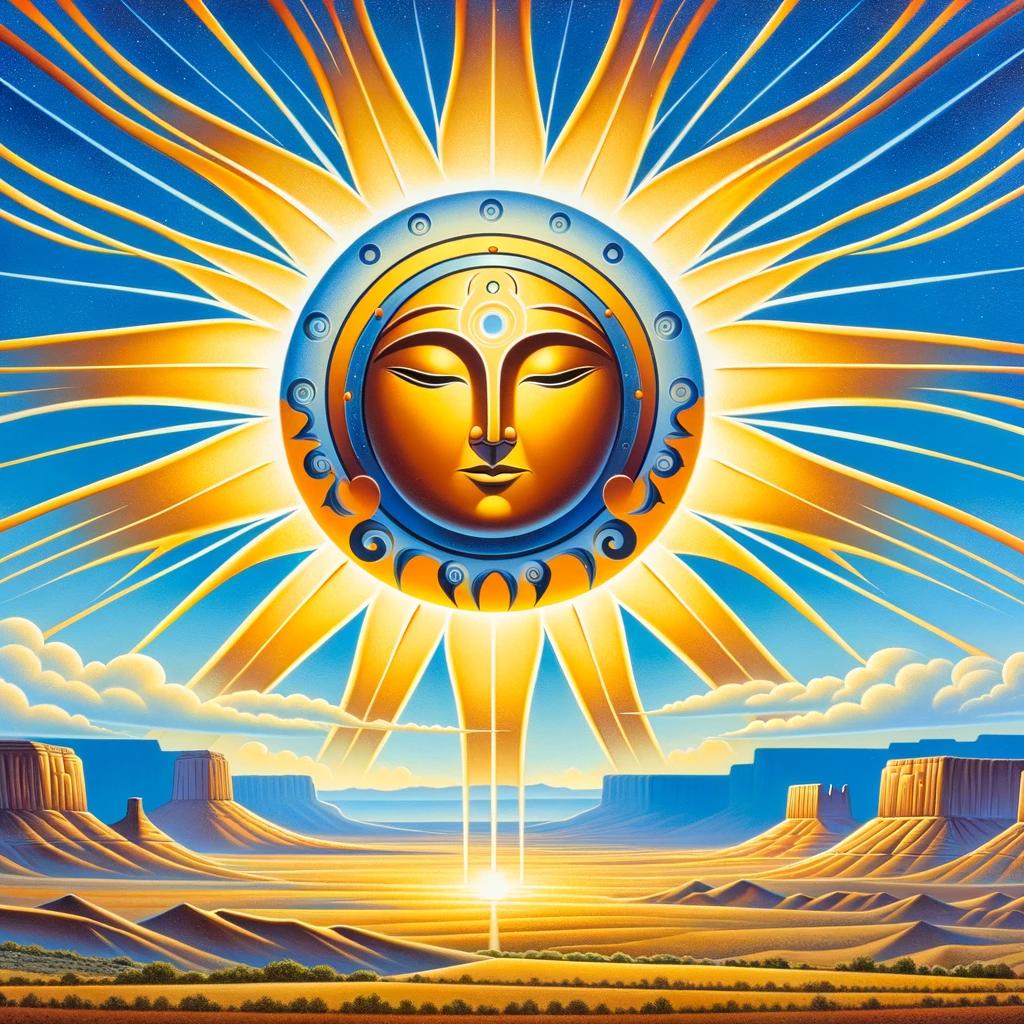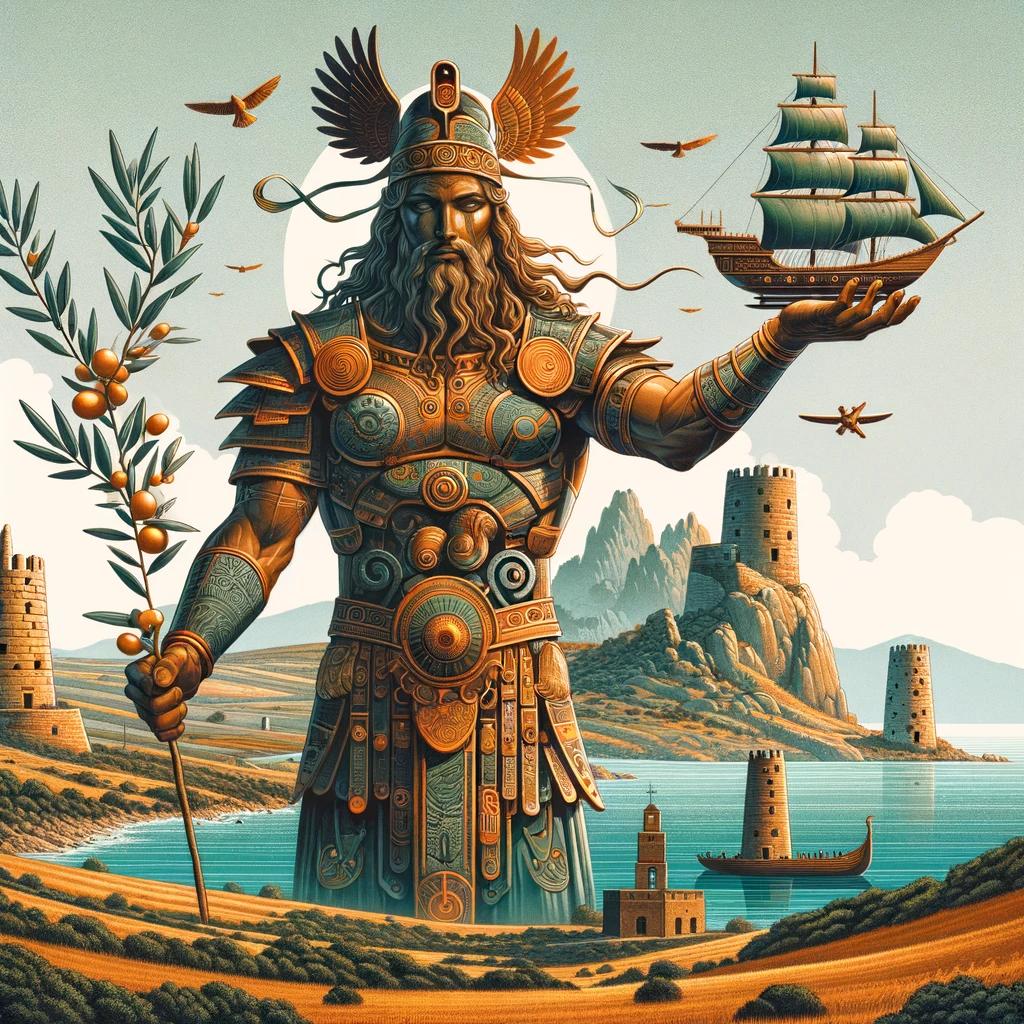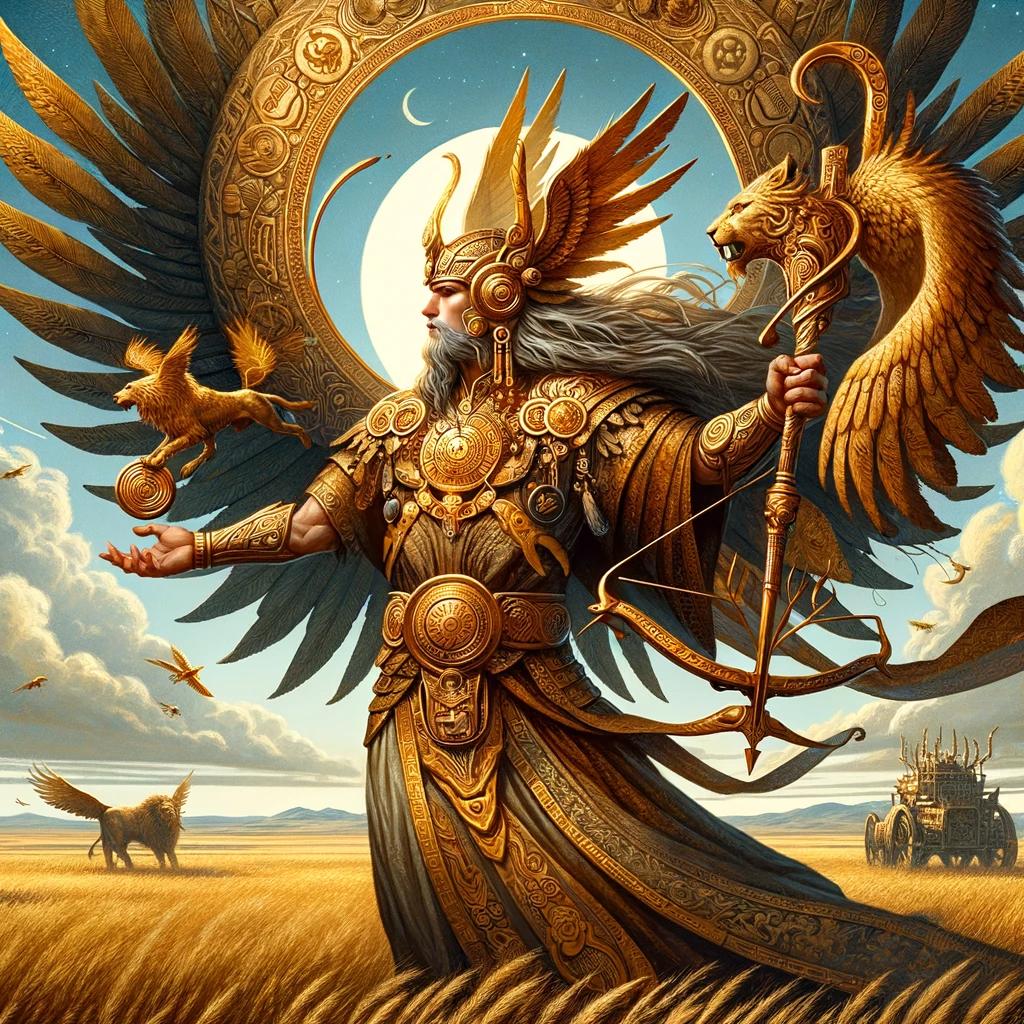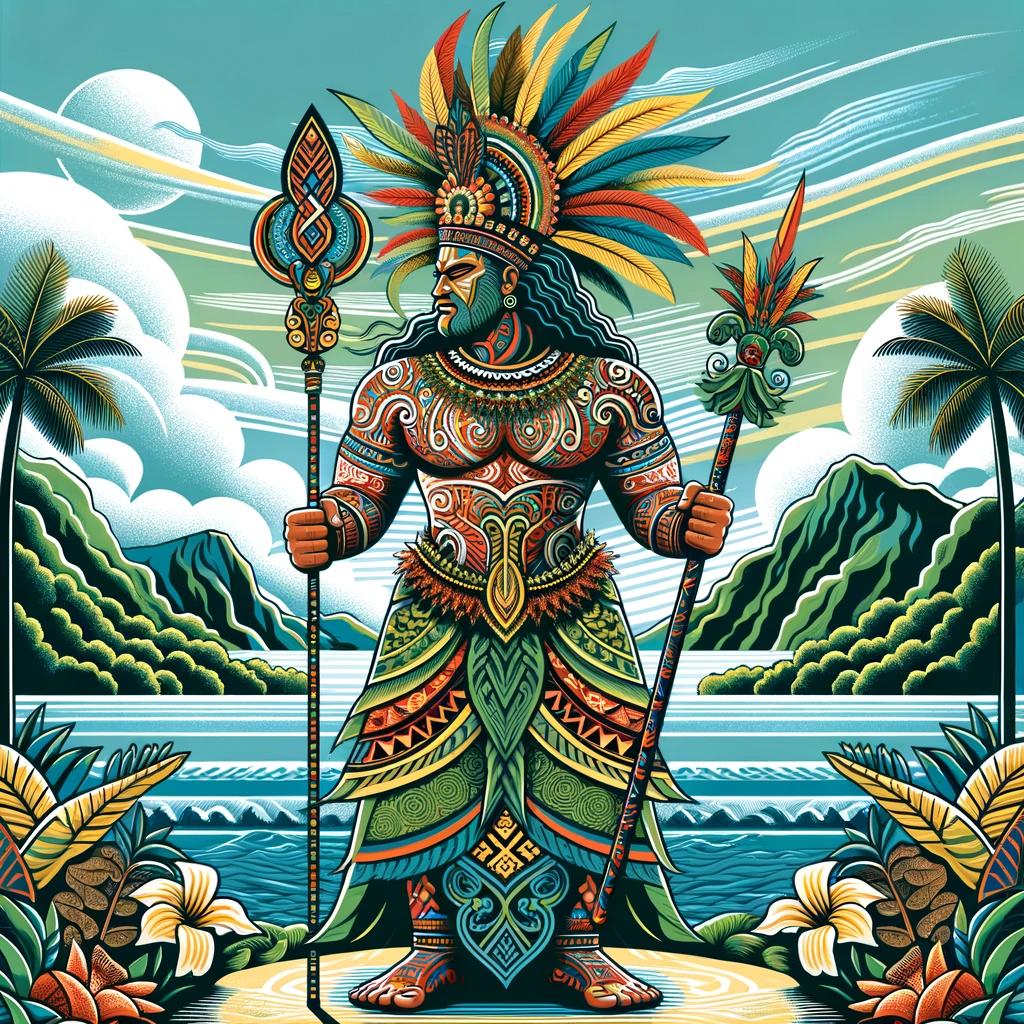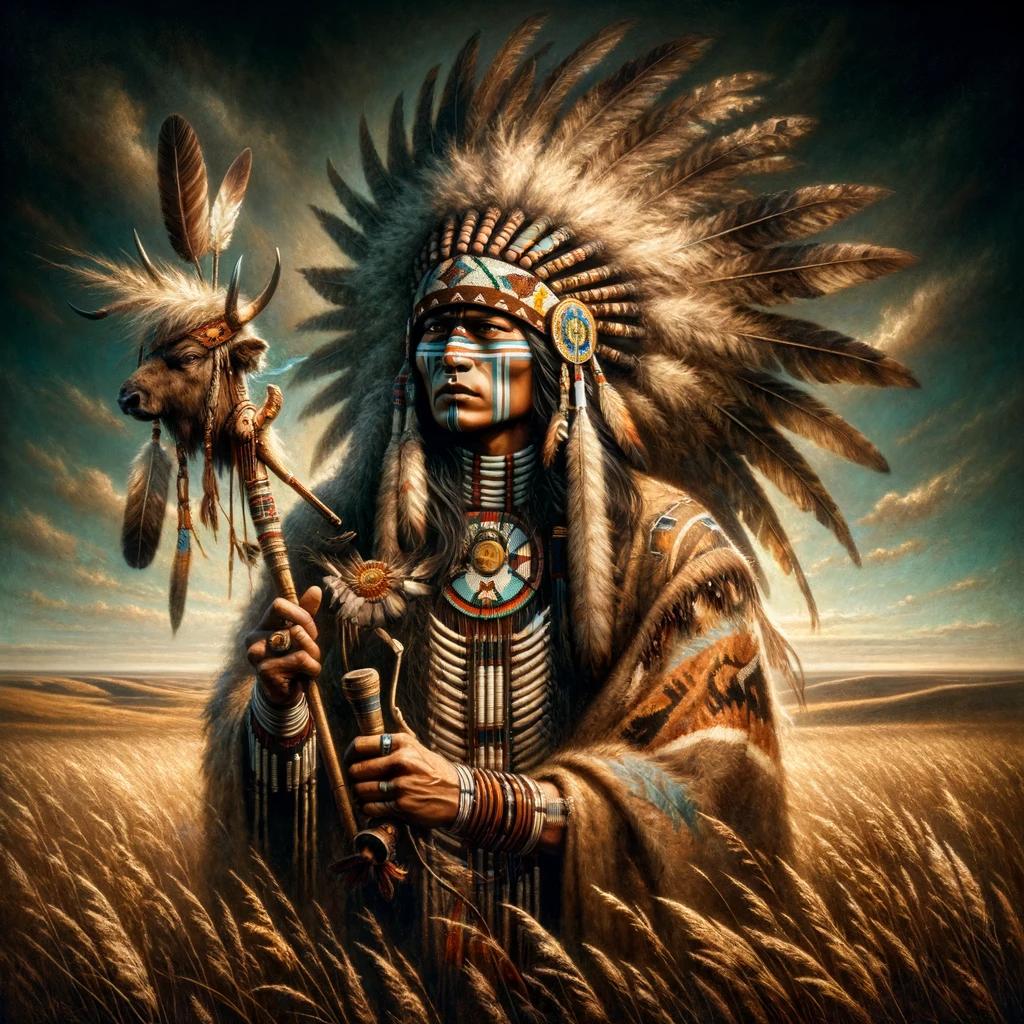Armenian Mythology Gods and Goddesses: Discover the Ancient Deities of Armenia
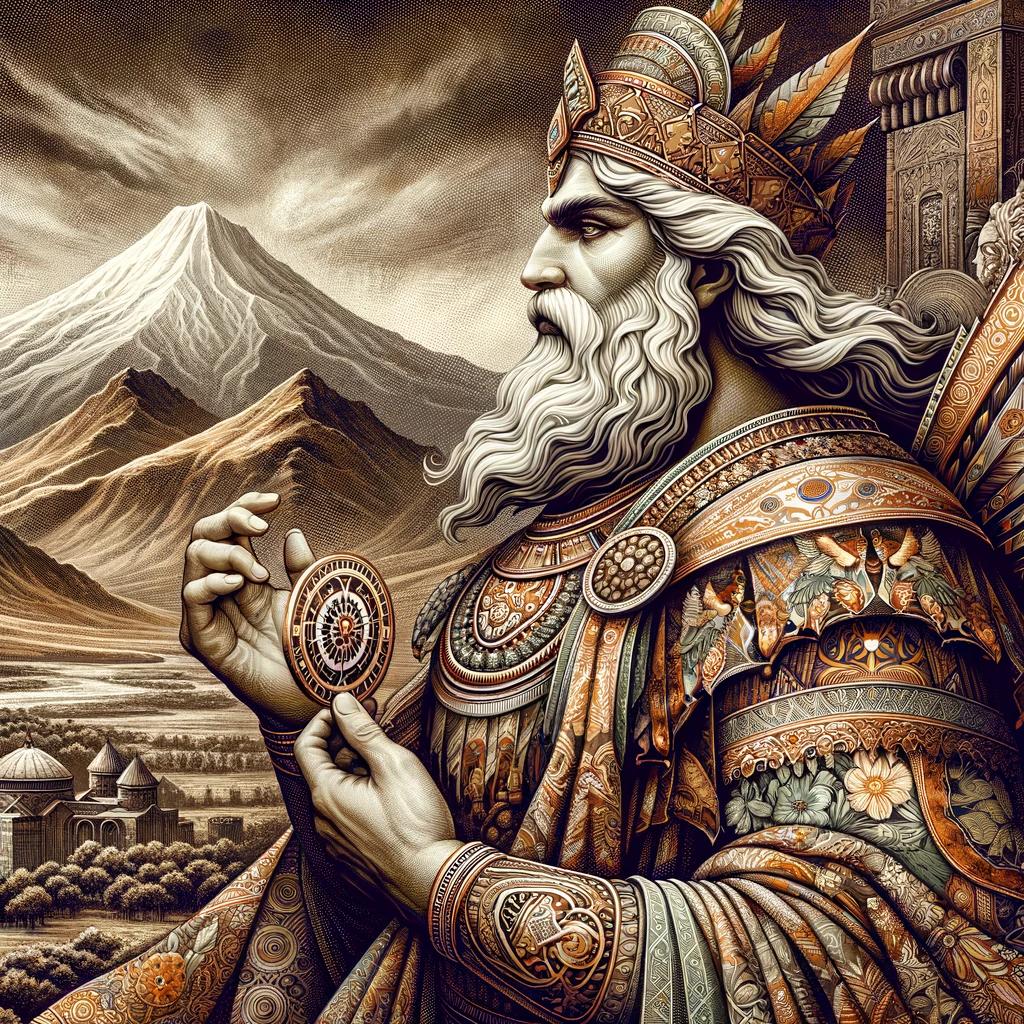
Armenian mythology gods and goddesses have a rich history and diverse pantheon. From Aramazd, the god of fertility and thunder, to Anahit, the goddess of water, wisdom, and healing, these ancient deities played significant roles in Armenian culture.
Astghik, the goddess of fertility, love, and beauty, and Nane, the goddess of motherhood, war, and wisdom, were also revered. Other notable figures include Mihr, the god of light and truth, Vahagn, the heroic god of thunder and fire, and Tzovinar, the goddess of rivers and springs.
Explore the fascinating world of Armenian mythology and its influences from Zoroastrianism and Greek civilization.
The Ancient Gods and Goddesses of Armenia
The mythology of ancient Armenia is filled with a pantheon of gods and goddesses, each holding unique significance in the culture and beliefs of the people. Let’s explore some of the prominent deities:
Aramazd: The Fertility and Thunder God
Aramazd, the powerful god of fertility, is associated with thunder and abundance.
Often depicted as a mighty figure with lightning bolts, he brings blessings of rain and fertility to the land, ensuring a prosperous harvest for the Armenian people.
Anahit: The Water, Wisdom, and Healing Goddess
Anahit, revered as a goddess of water, possesses great wisdom and healing abilities.
She is venerated for her connection to rivers, springs, and the life-giving properties of water. Armenians seek her guidance and blessings for wisdom and well-being.
Astghik: The Goddess of Fertility, Love, and Beauty
Astghik is a goddess associated with fertility, love, and beauty.
She bestows blessings upon relationships, ensuring love and harmonious unions. Often depicted with a crown of flowers, Astghik symbolizes the blooming of nature and the blossoming of love.
Nane: The Goddess of Motherhood, War, and Wisdom
Nane, the powerful goddess, embodies the qualities of motherhood, war, and wisdom.
She is revered for her protective nature, guiding mothers and warriors alike. Nane symbolizes the strength and wisdom needed to face challenges and protect loved ones.
Mihr: The God of Light and Truth
Mihr, the god of light and truth, represents enlightenment and justice.
Armenians look to Mihr for guidance in seeking truth, fairness, and the path of righteousness. His radiant presence serves as a reminder to uphold honesty and integrity in all endeavors.
Vahagn: The Heroic God of Thunder and Fire
Vahagn, the heroic god associated with thunder and fire, embodies strength and bravery.
Armenians revere him as a symbol of courage and protection. Vahagn’s thundering might and connection with fire inspire the people to overcome obstacles and achieve greatness.
Tzovinar: The Goddess of Rivers and Springs
Tzovinar, the goddess of rivers and springs, is revered for her association with water sources.
Armenians honor her role in providing life-giving water and maintaining the balance of nature. Tzovinar’s presence symbolizes the importance of preservation and respect for natural resources.
Tir: The God of Art, Literature, and Knowledge
Tir, the god of art, literature, and knowledge, is highly regarded for his influence in creativity and intellect.
Armenians seek his guidance in the pursuit of artistic endeavors and the pursuit of knowledge. Tir’s inspiration fuels the cultural and intellectual growth of the Armenian people.
Other Deities in the Armenian Pantheon
- The pantheon of Armenian gods and goddesses expands beyond those mentioned above.
Each deity holds a unique role and significance within the mythology and beliefs of the Armenian people.
- Some other notable deities include Aralez, the healing dog; Haldi, the god of war and victory; and Anush, the goddess of love and beauty.
- These diverse deities reflect the rich and multifaceted nature of Armenian mythology, showcasing the reverence for various aspects of life and the natural world.
The Influence of Zoroastrianism on Armenian Religion
Zoroastrianism played a significant role in shaping the religious beliefs and practices of the Armenian people.
The adoption of Iranian concepts and deities, along with the fusion of Armenian and Iranian beliefs, greatly influenced the development of Armenian mythology.
Adoption of Iranian Concepts and Deities
With the Iranian dominance in Armenia, there came a notable adoption of religious concepts and deities from Zoroastrianism. Armenian mythology incorporated Iranian gods and goddesses, intertwining them with the existing pantheon.
For instance, deities like Ahura Mazda, Anahita, and Mithras found their place among the Armenian gods and goddesses.
This adoption resulted in the assimilation of various Iranian religious concepts, such as the importance of light and the eternal struggle between good and evil.
These ideas merged with the indigenous Armenian beliefs, enriching and expanding the mythology.
Fusion of Armenian and Iranian Beliefs
The fusion of Armenian and Iranian beliefs led to the creation of a unique religious landscape in Armenia. The Armenian deities embraced certain aspects of their Iranian counterparts and incorporated them into their existing attributes.
For example, Anahit, the Armenian goddess associated with water and wisdom, became linked with the Iranian goddess Anahita, who symbolized fertility and healing. These merged attributes brought forth a more comprehensive understanding and reverence for the goddess in Armenian society.
This fusion of Armenian and Iranian beliefs not only added depth to the mythology but also showcased the cultural exchange and synthesis that took place between the two civilizations.
- Zoroastrianism exerted a significant influence on Armenian religion.
- Armenian mythology adopted Iranian concepts and deities.
- Deities like Ahura Mazda, Anahita, and Mithras became part of the Armenian pantheon.
- Armenian and Iranian beliefs were fused, enriching and expanding the mythology.
- Anahit, for instance, assimilated attributes from the Iranian goddess Anahita.
Key Points:
Thus, the influence of Zoroastrianism on Armenian religion played a crucial role in shaping the mythological traditions of the Armenian people, as well as the cultural and religious landscape of the region.
Greek Influence on Armenian Mythology
Greek civilization had a significant impact on Armenian mythology, leading to the identification and assimilation of Armenian gods with their Greek counterparts. This cultural exchange between the Greeks and Armenians introduced new perspectives and interpretations to the existing pantheon of deities.
Identification of Armenian Gods with Greek Deities
- Armenian god Aramazd was equated with the mighty Zeus, the king of the Greek gods. Both Aramazd and Zeus represented thunder, fertility, and abundance in their respective mythologies.
- The water goddess Anahit found her Greek counterpart in Artemis, the goddess of the hunt and the moon.
Both deities were associated with wisdom, healing, and femininity.
- Vahagn, the hero god of thunder and fire in Armenian mythology, was identified with the legendary Heracles, renowned for his strength and bravery.
The Influence of Greek Mythology on Armenian Culture
The assimilation of Armenian gods with Greek deities not only expanded the mythological narrative but also influenced various aspects of Armenian culture.
Greek artistic styles and architectural influences found their way into Armenian religious structures, such as temples and sanctuaries. Moreover, Greek philosophical ideas, including concepts of beauty, morality, and the human condition, permeated Armenian thought and artistic expressions.
Traditional Armenian Mythology Meets Greek Mythology
- The blending of Armenian and Greek deities resulted in the creation of unique syncretic figures, combining attributes and traits from both pantheons. These hybrid gods and goddesses added depth and complexity to Armenian mythology.
- Through the cultural exchange with the Greeks, Armenian myths gained new narratives and interpretations, enriching the overall mythological landscape.
The Enduring Legacy
The Greek influence on Armenian mythology left an indelible mark on the collective consciousness of the Armenian people.
Today, the remnants of this fusion can still be seen in various aspects of Armenian culture, reaffirming the lasting impact of the Greek contribution to the mythological heritage of Armenia.
Christianity and the Transformation of Armenian Mythology
Christianity played a pivotal role in the transformation of Armenian mythology, ushering in significant changes and reshaping religious beliefs.
The arrival of Christian influences brought about a gradual decline of the traditional pagan practices and a shift towards the new faith.
The Arrival of Christian Influences
In the early 4th century, Armenia became the first nation to officially adopt Christianity as its state religion. This marked a turning point in the religious landscape of the region, as pagan rituals and beliefs started to give way to the teachings of Jesus Christ.
The spread of Christianity in Armenia was primarily attributed to Saint Gregory the Illuminator, who converted King Tiridates III and his court to the new faith. With the royal endorsement, Christianity rapidly gained popularity among the Armenian population and started to supplant the traditional mythological beliefs.
The Shift from Paganism to Christianity
As Christianity took root in Armenia, pagan gods and goddesses gradually lost their significance and were replaced by Christian saints and religious figures. The once revered deities of Armenian mythology were either integrated into the new Christian framework or faded into obscurity.
Pagan temples and sacred sites were repurposed into churches and monasteries, serving as centers of Christian worship and spiritual guidance. The clergy played an instrumental role in disseminating Christian teachings, emphasizing the importance of repentance, salvation, and the pursuit of a virtuous life.
Despite the dominance of Christianity, traces of ancient mythological elements persisted in Armenian culture. Some pagan rituals and traditions were assimilated into Christian practices, blending the old with the new. This syncretism allowed for a certain degree of continuity, enabling the preservation of certain mythological motifs and symbols under a Christian context.
The Significance of the Transformation
The transformation of Armenian mythology through the advent of Christianity not only shaped the religious landscape but also influenced the cultural identity of the Armenian people. It brought about a distinctive fusion of Christian principles and ancient mythological elements, manifesting in aspects such as folklore, art, and literature.
Furthermore, the adoption of Christianity strengthened the ties of Armenia with the broader Christian world, fostering connections and exchanges with other Christian nations. This interaction facilitated the enrichment and evolution of Armenian culture, contributing to its unique blend of Eastern and Western influences.
To this day, the transformation of Armenian mythology continues to be an essential aspect of the cultural and historical narrative of the Armenian people, underscoring their profound religious heritage and the enduring resilience of their traditions.
The Significance of Armenian Mythology Today
Armenian mythology gods and goddesses hold profound cultural and historical impact, shaping the collective identity of the Armenian people. The ancient tales and beliefs surrounding these deities provide insight into the worldview, values, and traditions of the Armenian culture.
Cultural and Historical Impact
The myths and legends of Armenian gods and goddesses have been passed down through generations, contributing to the preservation of Armenian heritage. These stories are not merely entertaining tales but serve as a cultural repository, encapsulating the experiences, beliefs, and aspirations of the Armenian people over centuries.
Armenian mythology reflects the deep connection between the Armenians and their natural surroundings. The worship of natural phenomena, such as the sun, mountains, and water, demonstrates the reverence for the beauty and power of the natural world, highlighting the symbiotic relationship between humans and nature in Armenian society.
Furthermore, Armenian mythology offers insights into the historical dynamics of the region. As Armenia experienced interactions with various cultures, such as the Hellenistic, Iranian, and Mesopotamian civilizations, the fusion and adaptation of deities and religious concepts shaped the evolution of Armenian mythology and its role in the broader historical context.
Preservation and Revival Efforts
Recognizing the significance of Armenian mythology, efforts have been made to preserve and revive this rich cultural heritage. Scholars, historians, and cultural organizations dedicate themselves to researching, documenting, and promoting Armenian mythology, ensuring its continuity and accessibility for future generations.
Contemporary Armenian literature, art, and music often draw inspiration from ancient myths, incorporating mythological motifs into modern creations. This artistic expression not only serves as a means of preserving the mythology but also provides a platform for its reinterpretation and relevance in a contemporary context.
Moreover, the revival of Armenian mythology serves as a source of national pride and identity. As Armenia strives to assert its cultural distinctiveness in today’s globalized world, the exploration and celebration of its mythological heritage reaffirm the unique cultural identity of the Armenian people.
- Efforts to preserve and promote Armenian mythology include:
- Establishment of cultural institutions and museums dedicated to mythology
- Publication of academic research and literary works on Armenian mythology
- Integration of mythology into educational curricula
- Organizing cultural events, festivals, and performances centered around mythology
Through these endeavors, Armenian mythology continues to thrive, adding depth and richness to the cultural landscape of Armenia and fostering a sense of belonging and pride among its people.
.











